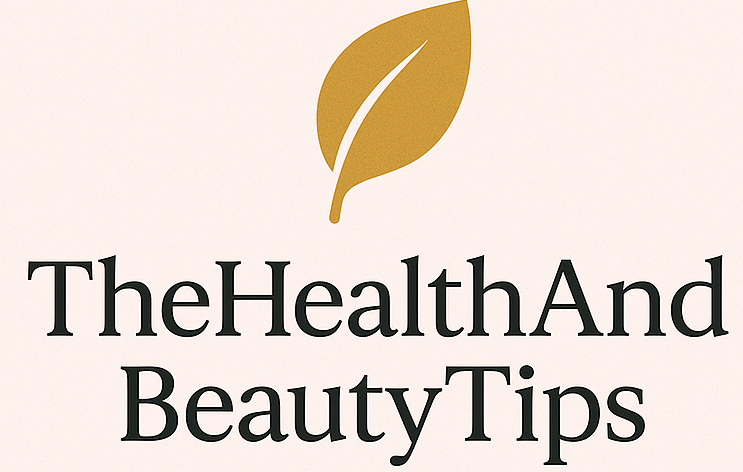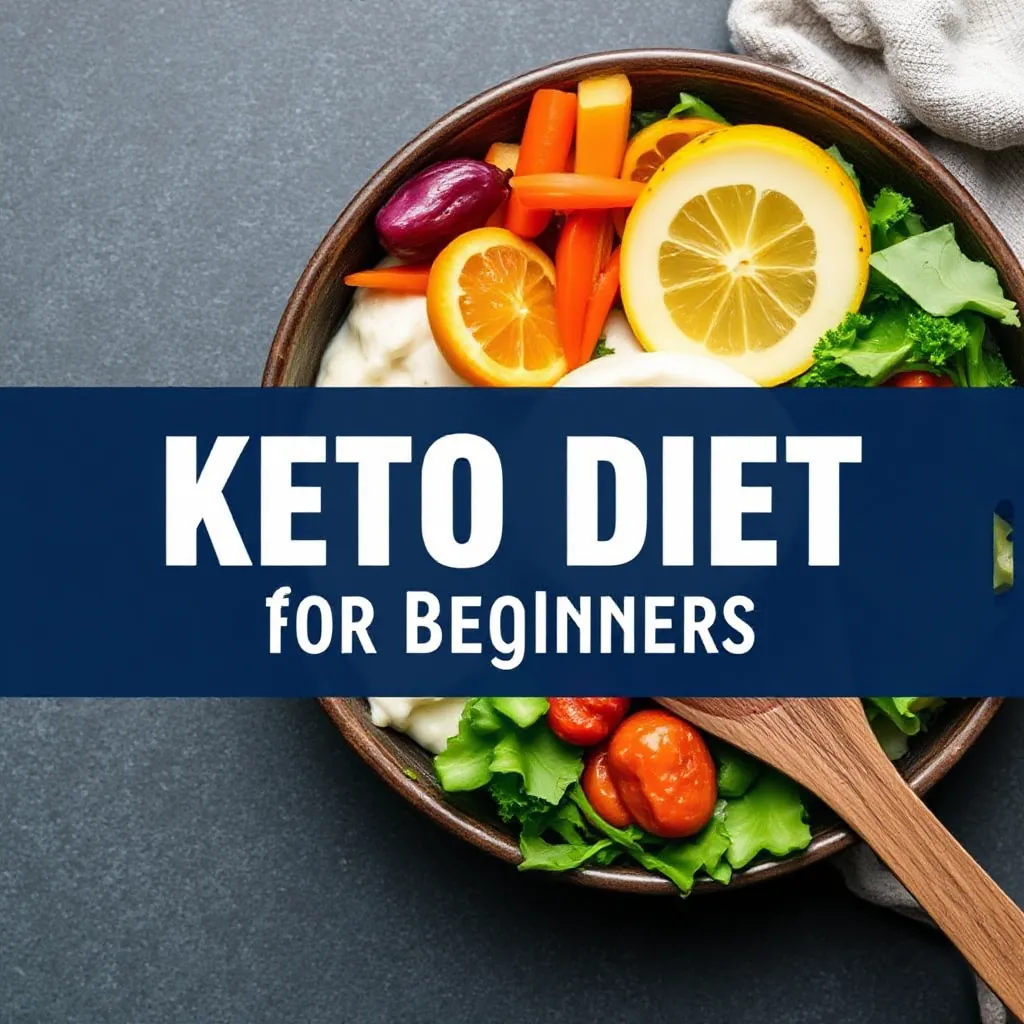So, you’ve heard about the keto diet, right? Maybe your friend lost 20 pounds on it, or you saw some shredded influencer praising it online. Either way, you’re curious. What exactly is the keto diet, and why is it taking the fitness world by storm? Let’s break it down and make it simple. Keto Diet Plan for Beginners
Understanding the Basics of the Keto Diet
The Science Behind Keto
The ketogenic (“keto”) diet is a low-carb, high-fat eating plan designed to shift your body’s fuel source from carbohydrates to fat. When you eat fewer carbs, your body enters a state called ketosis, where it starts burning fat for energy instead of glucose (sugar).
What is Ketosis?
Ketosis is a natural metabolic state. When carb intake drops, insulin levels fall, and the liver begins to convert fat into ketones — molecules that provide energy for your body and brain. This leads to rapid fat loss for many people.
How Your Body Uses Fat Instead of Carbs
Normally, your body prefers glucose from carbs. But in ketosis, it’s forced to break down fat into usable energy. It’s like switching from burning paper (quick, dirty energy) to burning logs (long-lasting fuel).
Keto vs Other Diets
Keto vs Low-Carb
While keto is a form of low-carb, it takes things to an extreme. Typical low-carb diets might allow 100–150 grams of carbs per day. Keto restricts you to 20–50 grams.
Keto vs Paleo
Paleo focuses on eating like our ancestors — no grains, no dairy, no processed food. Keto, on the other hand, is all about macronutrients: high fat, low carbs, moderate protein.
Keto vs Intermittent Fasting
These two can be combined but aren’t the same. Intermittent fasting focuses on when you eat. Keto focuses on what you eat.
Health Benefits of the Keto Diet
Weight Loss
This is the big one. The keto diet can lead to rapid fat loss, especially in the first few weeks.
Blood Sugar Control
Keto can help stabilize blood sugar and improve insulin sensitivity, which is great for people with type 2 diabetes or prediabetes.
Mental Clarity
Many people report clearer thinking and better focus on keto. Ketones are a more efficient brain fuel than glucose.
Increased Energy
No more blood sugar crashes. Fat provides a steady stream of energy.
Other Potential Benefits
Reduced inflammation
Improved cholesterol levels
Better skin health
Support in treating epilepsy and certain neurological disorders
Is Keto Safe for Everyone?
Who Should Avoid Keto
Pregnant or breastfeeding women (consult your doctor)
People with liver, kidney, or pancreatic issues
Those on certain medications
Possible Side Effects
Keto flu (headache, fatigue, nausea during the first few days)
Constipation
Bad breath
Nutrient deficiencies, if not planned properly
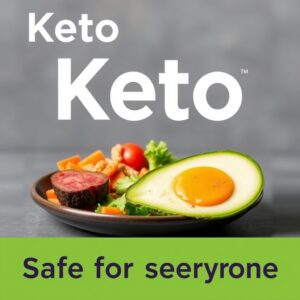
Foods to Eat on the Keto Diet
Healthy Fats
Avocados
Olive oil
Coconut oil
Butter and ghee
Cheese
Protein Sources
Eggs
Chicken
Beef
Pork
Salmon
Tuna
Low-Carb Vegetables
Spinach
Kale
Zucchini
Broccoli
Cauliflower
Dairy Products
Cheese
Cream
Full-fat yogurt (unsweetened)
Nuts and Seeds
Almonds
Walnuts
Chia seeds
Flaxseeds
Foods to Avoid on Keto
High-Carb Foods
Bread
Pasta
Rice
Potatoes
Sugary Drinks and Snacks
Soda
Fruit juices
Candy
Cakes and pastries
Starches and Grains
Oats
Corn
Quinoa
Beans and lentils
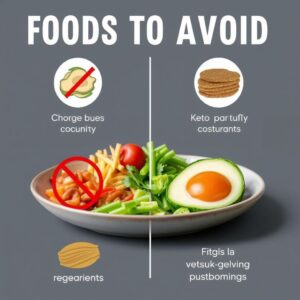
Macros Explained
What Are Macros?
Macros = Macronutrients: Fats, Proteins, Carbohydrates. The keto diet requires tracking them.
How to Track Macros for Keto
Use apps like MyFitnessPal, Carb Manager, or Cronometer.
Ideal Keto Macro Ratios
70–75% Fat
20–25% Protein
5–10% Carbs
How to Start the Keto Diet (Step-by-Step)
Step 1: Clean Out the Pantry
Remove high-carb temptations.
Step 2: Meal Planning
Plan your breakfasts, lunches, dinners, and snacks in advance.
Step 3: Track Your Progress
Use a journal or app to monitor weight, energy levels, and food intake.
Step 4: Stay Hydrated and Supplement
Drink water and consider electrolytes (sodium, magnesium, potassium).
Sample 7-Day Keto Meal Plan for Beginners
Day 1
Breakfast: Scrambled eggs with spinach
Lunch: Cobb salad with olive oil
Dinner: Grilled salmon with asparagus
Day 2
Breakfast: Keto smoothie (avocado, spinach, coconut milk)
Lunch: Chicken lettuce wraps
Dinner: Zucchini noodles with meatballs
… (And so on up to Day 7)
Keto Snack Ideas
Cheese sticks
Boiled eggs
Nuts
Keto fat bombs
Drink Options on Keto
Water
Black coffee
Herbal teas
Bone broth
What is the Keto Flu?
Symptoms
Fatigue
Brain fog
Cravings
How to Beat It
Stay hydrated
Add electrolytes
Eat enough fat
Essential Keto Pantry List
Oils and Fats
Olive oil
Coconut oil
Avocado oil
Protein Staples
Canned tuna
Ground beef
Chicken thighs
Low-Carb Essentials
Almond flour
Coconut flour
Stevia or erythritol
Common Mistakes to Avoid
Not Eating Enough Fat
This is key. Low fat = low energy on keto.
Overeating Protein
Too much protein can convert to glucose and kick you out of ketosis.
Not Tracking Carbs Properly
Hidden carbs are everywhere — sauces, dressings, etc.
Keto-Friendly Swaps
Pasta Alternatives
Zucchini noodles
Shirataki noodles
Sugar Replacements
Stevia
Monk fruit
Erythritol
Bread Substitutes
Cloud bread
Almond flour bread
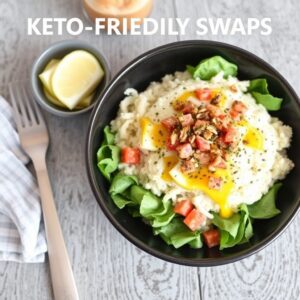
Staying Motivated on Keto
Join Keto Communities
Facebook groups, Reddit threads, or local meetups help with support.
Set Realistic Goals
Keto is not magic — it’s science. Give it time.
Keep Trying New Recipes
Boredom leads to quitting. Keep your meals exciting!
Conclusion
Starting keto can feel overwhelming, but it doesn’t have to be. Begin slow, plan, and stay consistent. The benefits are worth it — whether it’s weight loss, better energy, or clearer skin. Keto is more than a diet; it’s a lifestyle shift. Keto Diet Plan for Beginners
FAQs
What happens in the first week of keto?
You may experience weight loss and the keto flu. Stay hydrated and rest well.
Can I eat fruits on the keto diet?
Only in moderation. Stick to berries like raspberries and blackberries.
Do I need to count calories on keto?
Not always, but tracking helps if you’re not seeing results. Keto Diet Plan for Beginners
How fast will I lose weight on keto?
Many people lose 2–10 pounds in the first week (mostly water), followed by steady fat loss.
Is keto good long-term?
For many, yes. But it depends on your health goals and how sustainable it is for your lifestyle.
